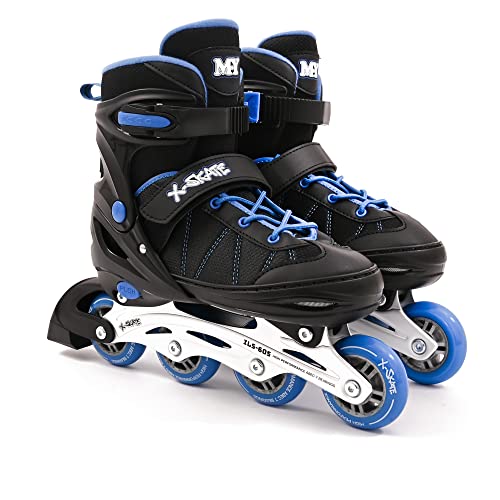Understanding the basics of stopping on inline skates
Stopping on inline skates is an essential skill that every skater should master. The primary methods of stopping include the heel brake, the T-stop, and the power slide. However, before you attempt any of these stopping techniques, you need to ensure that you have a good balance and a comfortable posture on your skates.
The heel brake: the most common method for beginners
The heel brake is situated on the heel of the right skate and is the most common stopping method for inline skaters. To execute the heel brake, you need to lean your weight onto your right foot, lift your left foot slightly off the ground, and place the heel brake to the ground. The friction between the brake pad and the ground will slow you down until you come to a complete halt.
The T-stop: the perfect solution for intermediate skaters
The T-stop is an efficient stopping method used by intermediate skaters who want to gain more control and balance. To perform the T-stop, you need to carve a small “T” shape by placing one foot parallel to the other and forming an angle with the front foot. The back foot should then slide sideways across the ground to create a drag on the wheels and slow down your speed.
The power slide: the advanced method for experienced skaters
The power slide is an advanced stopping method that requires a lot of practice, skill, and momentum. To execute the power slide, you need to transfer your weight onto one foot, bend your knees, and kick the other foot sideways to slide towards a stop. You need to keep your core muscles engaged and your hands positioned behind you to maintain your balance during the slide.
Tips for mastering the art of stopping on inline skates
Practice makes perfect when it comes to stopping on inline skates. Here are some tips to help you master the art of braking:
- Start with the heel brake and gradually progress to the T-stop and power slide as you gain more confidence and control.
- Practice your balance and posture before attempting any stopping technique.
- Keep your knees bent and your weight centered on your skates to maintain your stability.
- Choose a smooth, flat surface free of debris or obstacles to practice your stopping skills.
- Finally, invest in a good pair of inline skates and protective gear, including a helmet, knee and elbow pads, and wrist guards to ensure your safety as you learn how to stop on inline skates.






